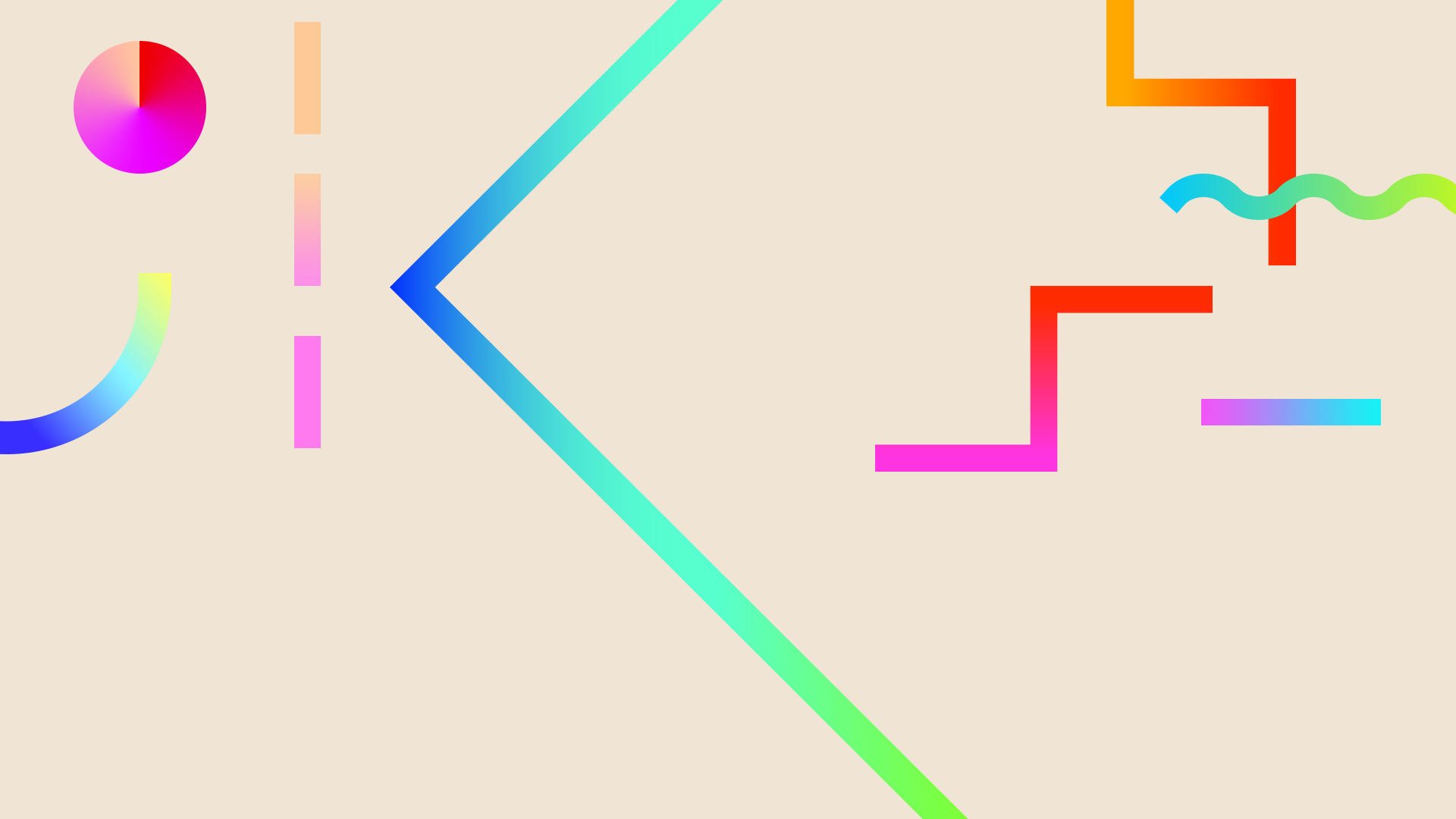


Rationale: This lesson focuses on the recognition and understanding of the phoneme /b/. Students will learn to recognize /b/ in spoken and written words. This lesson will teach using meaningful representation and the letter symbol by bouncing a basketball with the letter b. The students will work with different activities to work on finding the b phoneme in words. The student will also apply phoneme awareness with /b/ in phonetic cue reading by distinguishing rhyming words from beginning letters.
Materials:
• Primary paper
• Pencils
• Chart with “The Boy Bikes to the Barn to see the Bear Bite the Banana.”
• Drawing paper and crayons
• Word cards with BAKE, MAT, FIN, BANG, BEAN
• Assessment worksheet identifying pictures with /b/.
• One copy of David McPhail’s “A Bug, a Bear, and a Boy”
Procedure:
1. Say: Our language has a secret code. The tricky part is learning what letters stand for. Today we get to learn about the letter B. B has a special sound and your mouth has to be in a special way to make the sound. Today we will learn that special mouth movement to make the B sound, and we will then identify that sound in some fun words. We will learn how to write the letter B and we will get to draw and create pictures of things that start with the b sound.
2. To make the /b/ sound, let’s pretend to bounce a ball, /b/, /b/, /b/. Press your lips together, then open them and breathe a puff of air out. Use sound!
3. Say a word in slow motion to help the child find the /b/ sound. Teacher: Let’s find the /b/ sound in the word BOAT. Let’s sound it out bb oo aa tt. Did you hear it? No? Let’s drag it out longer: bbbb oooo aaaa tttt. Yes! I felt my lips touch, then open with a puff of air. Bouncing ball /b/ is in boat.
4. Because tongue ticklers are tough for children to follow, write the tongue tickler in a large font onto a display board. Say: Let’s now say a tongue tickler together! I’ll say it first! “The Boy Bikes to the Barn to see the Bear Bite the Banana.” Now say it together with your students three times slowly. Next, say it again, but this time when you say it draw out the /b/ sound. “The bbboy bbbikes to the bbbarn to see the bbbear bbbite the bbbanana. Say the tongue tickler one last time, and this time break it off the word. Like, the /b/oy /b/ikes to the /b/arn to see the /b/ear /b/ite the /b/anana.
5. [Have students take out primary paper and pencil]. We use letter B to spell /b/. Capital B looks like a butterfly. Let's write the lowercase letter b. Let's write the lowercase letter b. Start just below the rooftop. Draw a line all the way down to the sidewalk, follow the line back up to the fence, and then make a loop and connect it to your line on the sidewalk. I want to see everybody's b. After I put a sticker on it, I want you to make nine more just like it.
6. Call on students to answer and tell how they knew: Do you hear /b/ in bed or couch? beetle or cockroach? small or big? crab or fish? fable or story? Say: Let's see if you can spot the mouth move /b/ in some words. Bounce the ball if you hear /b/: The, big, beetle, went, to, bother, the, other, bugs.
7. Say: “Let’s read a book.*get A Bug, a Bear, and a Boy and hold it up* “Now we get to read this story! Three best friends do activities together, but each one does things a little differently! You will hear lots of /b/ sounds in this story! Like we just did, remember to bounce your ball when you hear the /b/!” *read story* “Now take out your paper and crayons! Draw your favorite scene from the story that had the /b/ sound in it! Was it the bear eating from a bucket? The boy sleeping in the bed? The bug eating from a bottle cap? Write the sentence (using invented spelling) below you art work! I’m going to hang them up!”
8. Show BOY and model how to decide if it is soy or boy: The B tells me to bounce the ball, /b/, so this word is bbb-oy, boy. You try some: BAKE: bake or cake? MAT: bad or mat? FIN: fin or bin? BANG: bang or rang? BEAN: bean or lean?
9. For assessment, distribute the worksheet. Students color the pictures that begin with B. Call students individually to read the phonetic cue words from step #8.
References:
Livingston, Mary Lee. Bouncing the Ball with B. https://mbl0025.wixsite.com/mlblivingston.
Mcphail, David. A Bug, a Bear, and a Boy. 1998. Published by Scholastic Books in New York.
Moorer, Jayme, Brushing Your Teeth With F. https://jlm0104.wixsite.com/readingdesigns/emergent-literacy-design
Assessment Worksheet: https://www.superteacherworksheets.com/phonics-beginningsounds/letter-b_WFFMM.pdf?up=1466611200
